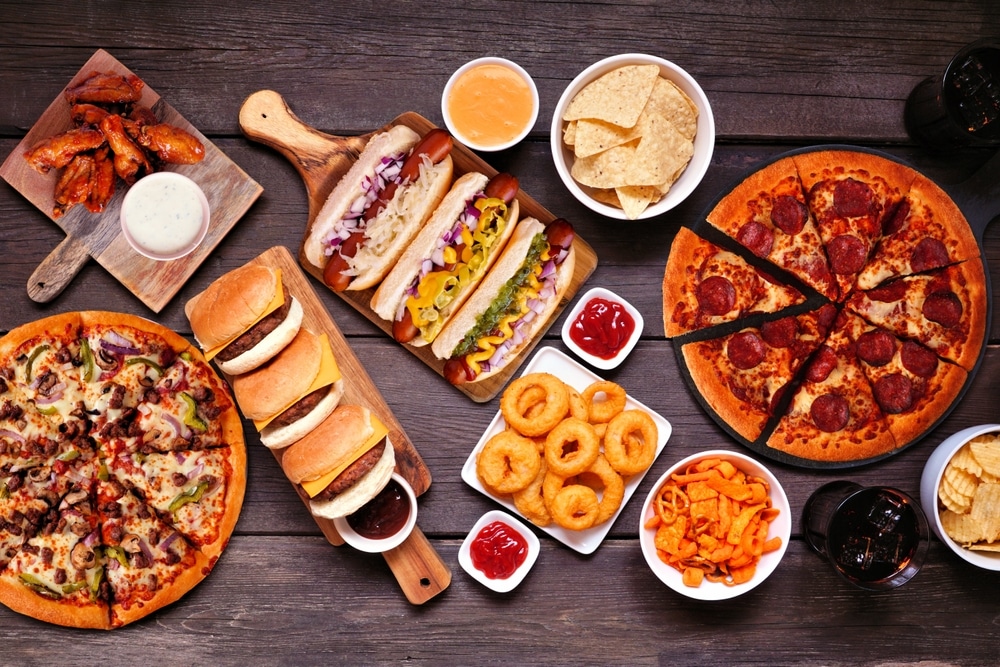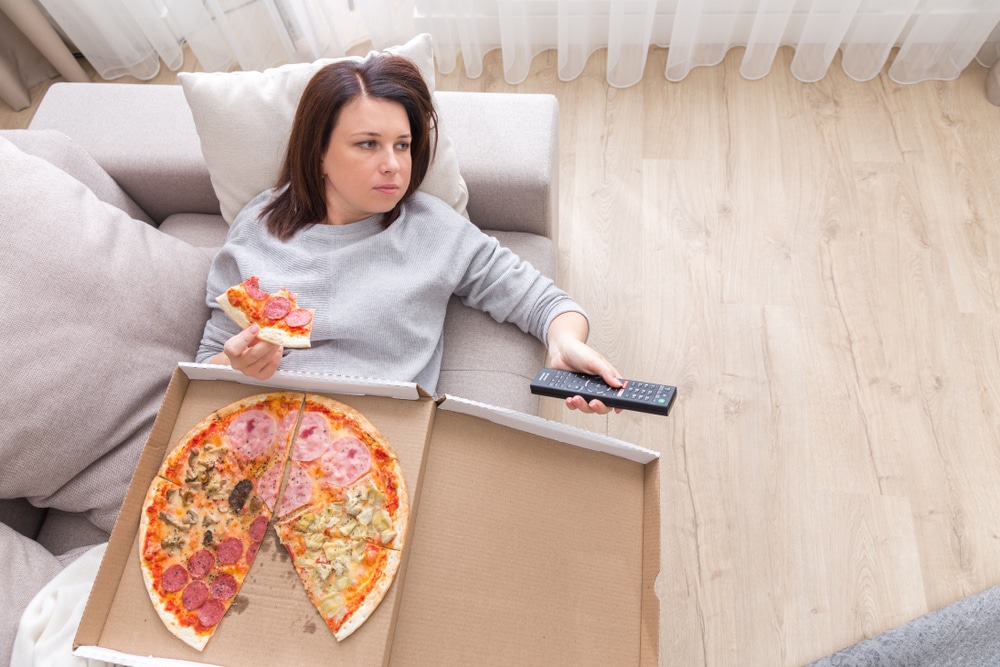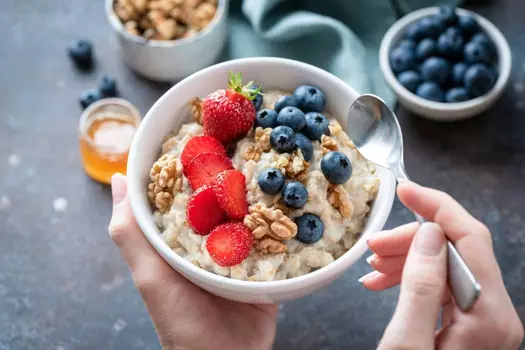Emotional eating is all too worldwide during the holiday season—and for good reason! Between the shopping, planning, and family visits, stress is unseat to tingle up at some point.
Unfortunately, all this emotional eating can throw a wrench in weight management. It can moreover alimony you from feeling like your most energetic, healthy self!
Of course, stress or emotional eating can occur anytime, not just during the holidays.
Empowerment mentor for girls and women, Frannie Foltz, knows firsthand how the trundling of emotional eating can impact your life. “For years, emotional eating held me captive,” says Foltz. “My diaper was riddled with abuse; as a result, fear, shame, and loneliness lead me to seek repletion in food. Supplies was reliable, readily available, and a legal drug of nomination to numb my pain. And I was the one in control of how much I ate, when, and where. By 21, I tipped the scales at 294 pounds.”
While many people think the trundling of emotional eating can be wrenched by just willing themselves to stop reaching for junk food, it’s important to understand that the root rationalization is, by definition, emotional.
Here, we’ll squint at the definition of emotional eating and seven ways to unravel the cycle.
What is Emotional Eating?
Emotional eating is a form of matted eating that involves consuming large quantities of food—usually repletion or junk foods—to cope with difficult emotions.
It is a highly worldwide trundling that most people have fallen into at some point in their lives.
Firstly, it’s important to understand why we eat emotionally. The main reason is that supplies has a true physiological effect on our mood—whether it’s a temporary blood-sugar increase from carbs or a spike in serotonin thanks to chocolate or sweets.
Not only that, but many of us are taught as children that sweets or treats are “rewards” for good behavior.
Why Do We Do It?
We eat emotionally considering it’s a maladaptive coping mechanism for getting what we really want: love, security, or comfort.
While some people struggle with emotional eating during specific circumstances—maybe a stressful week, a frustrating meeting, or a bad breakup—others spend years of their lives rival the unvarying urge to heal deep, long-lasting emotional wounds with food.
The good news? There are ways to unravel the emotional eating trundling and heal your physical and mental health.
The pursuit are 7 ways to unravel the pattern of emotional eating and get your mind and soul when on a healthy track.
1. Assess Your Emotional State

Whenever you reach for junk or repletion foods, take a five second pause and ask yourself: “How am I feeling?”
If you finger stressed, angry, bored, lonely, or low, requite yourself a moment to pause. Write lanugo three healthy ways you can make yourself finger better, and do one of those things before you eat.
This helps unravel the pattern of (even subconsciously) numbing your pain with food.
2. Identify What Causes Your Emotional Eating

Once you’ve realized that you may be using supplies to cope with a specific emotion, identify the event or events that trigger the emotion.
It could be something from that day, or plane a deep wound from childhood. This helps you be enlightened and then prepare you for when you may be confronted with the trigger again. For Foltz, holidays were a major trigger she identified.
“At every holiday fathering, my unconfined aunt Mary would ask, ‘Why aren’t you married yet? What are you doing wrong?’ Knowing I was going to see her at the next holiday unliable me to prepare mentally and plane script a response beforehand.”
3. Find Your Support System

Surround yourself with friends who like to be zippy and who can support you when you have “one of those days.”
Call a friend and ask her to join you for a walk, a barre matriculation or anything where you can engage with one flipside and find repletion in a healthy way instead of reaching for the chips.
4. Create a Daily Mantra (And Repeat It!)

Foltz suggests creating a mantra you repeat daily, not just when triggered.
“Wallpaper your world with it. Post-it to your makeup mirror, save it as a screensaver on your phone, write a note vellum and prune it to your sun visor in your car. You will uncork to believe your affirmation, which will manifest into living it.”
5. Indulge in Healthy Comforts

Usually, emotional eating occurs when we are seeking comfort, love, or security.
Try making a list of “healthy comforts.” It can include things as simple as taking a hot rainbow bath, journaling, calling a friend, going for a walk, or listening to music.
Taking superintendency of yourself is all well-nigh identifying how you can get your needs met in healthy ways. View these methods of self-care as ways to nurture and repletion yourself without food.
6. Don’t Alimony Rampage Foods in the House

It sounds simple, but if there are supplies items you’re increasingly likely to rampage on when emotional eating (potato chips, cake, cookies, etc) then do not buy them or alimony them in your house.
Think of it as “out of sight, out of mind.” If these items aren’t around, you can’t be tempted to indulge.
7. Transpiration Your Scenery Without Eating

Emotional eating can often occur at night without dinner, when we can’t quite satiate what’s bothering us.
So, without dinner, make it a point to walk out of the kitchen. Leaving the room will help transpiration your mindset, and it gives you the opportunity to find something else to do.
When you wilt increasingly enlightened of the emotions overdue your excessive or uncontrolled eating binges, you can start to unravel the trundling of shame and overeating.
“The two most worldwide emotions that momentum decisions are love and fear,” Foltz reflects. “Give yourself permission to segregate love and you will wits peace and smaller jeans, too!”









